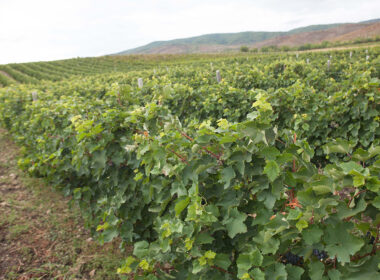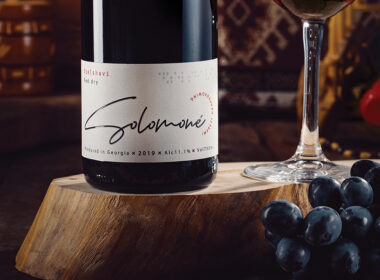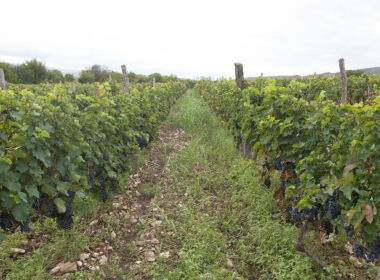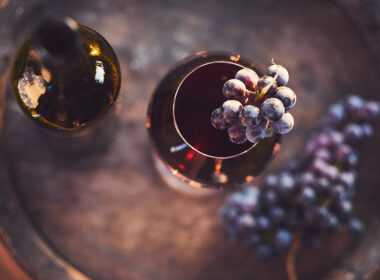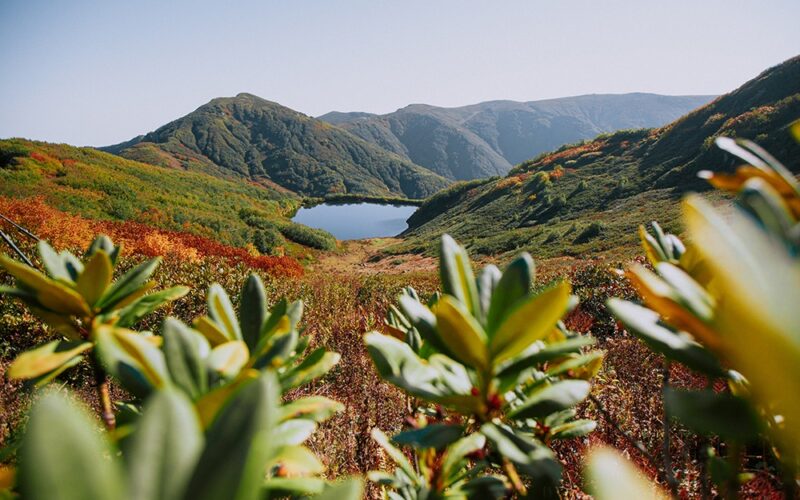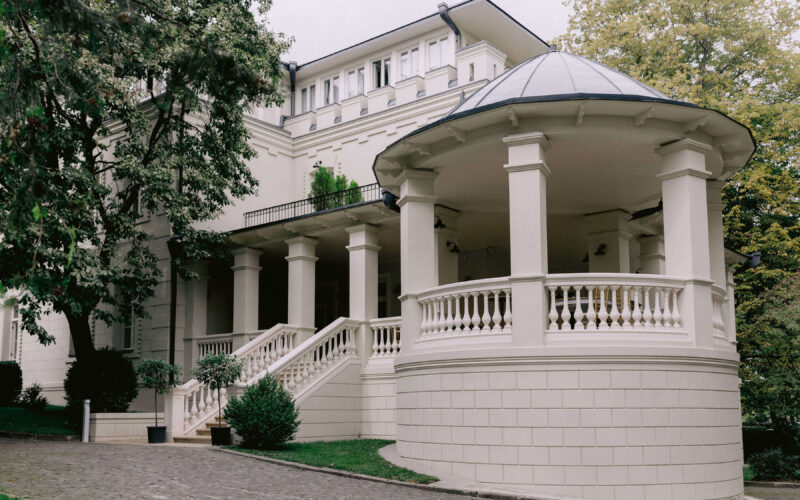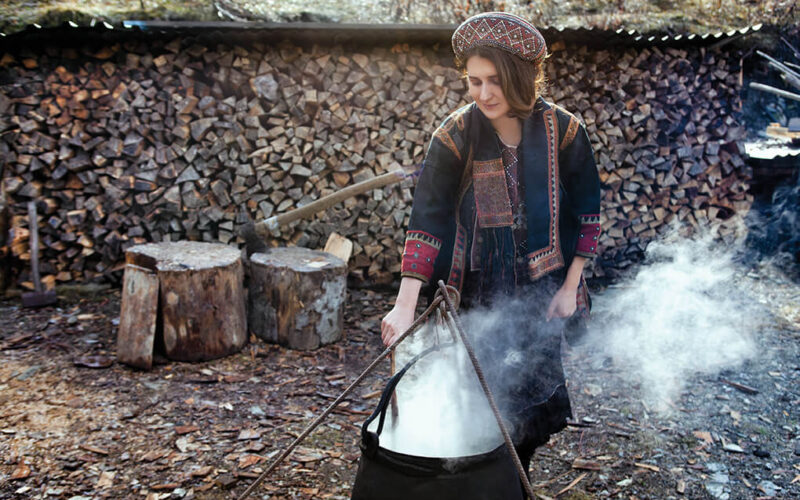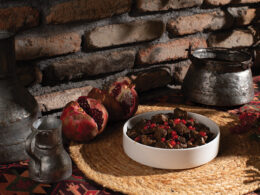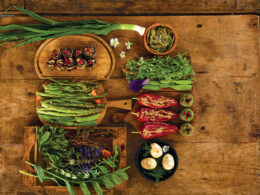Ajara is a unique region of Georgia that astonishes even the most experienced travelers. It is beautiful in all seasons, with nature that is intertwined with its rich history and culture. Kobuleti holds a special place in the colorful palette of Adjara.
Kobuleti started fascinating us from time immemorial, more precisely, from the Neolithic period, the artifacts of which can be found in Kobuleti, on the territory of Khutsubani village. The continuous chain of life continued even in the Hellenistic era and enriched our cultural heritage.
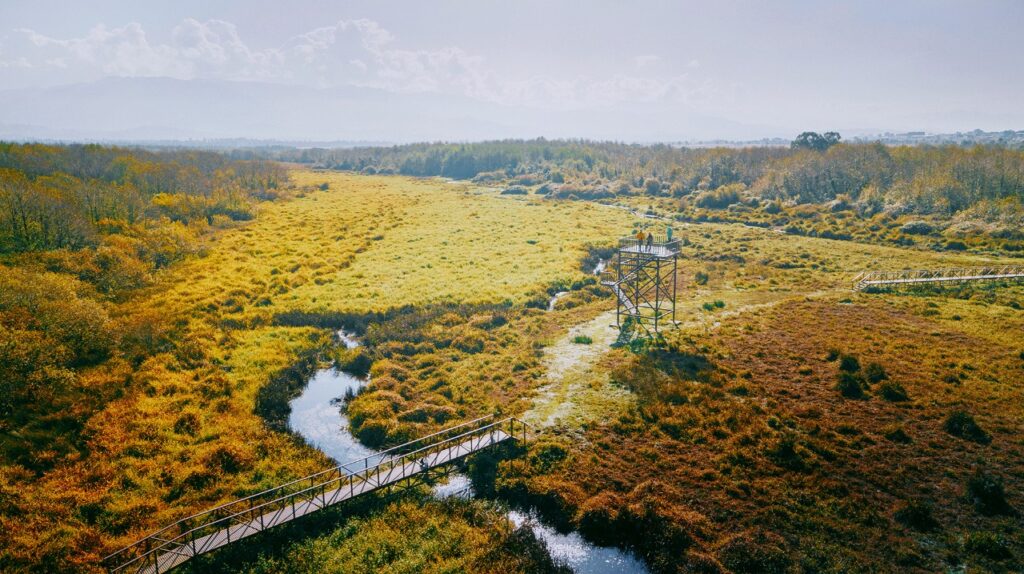
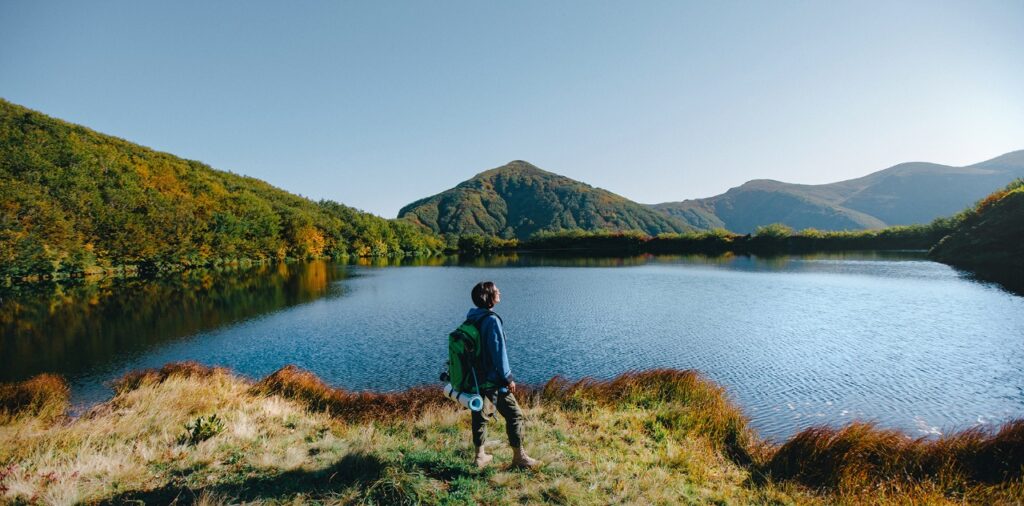
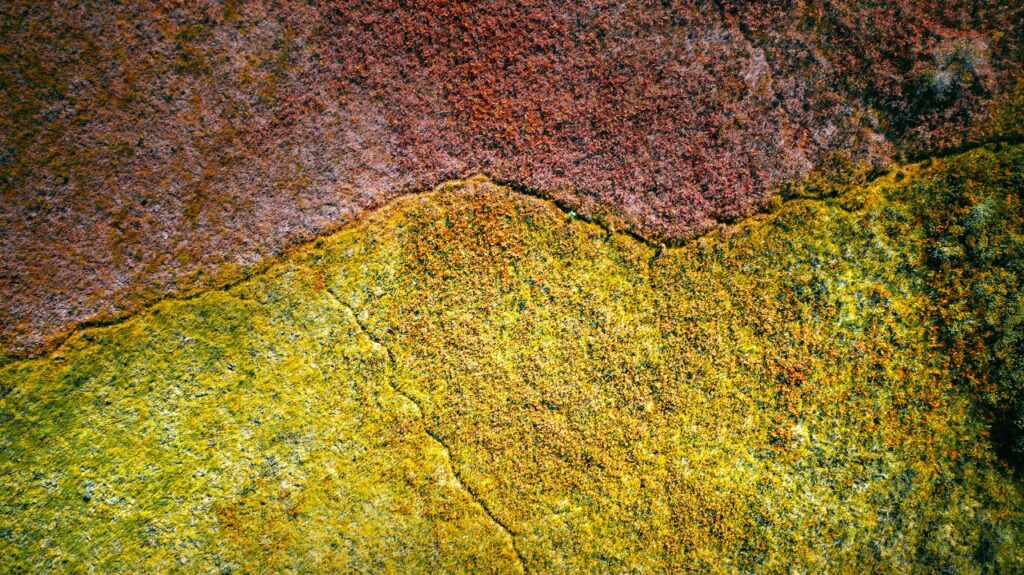
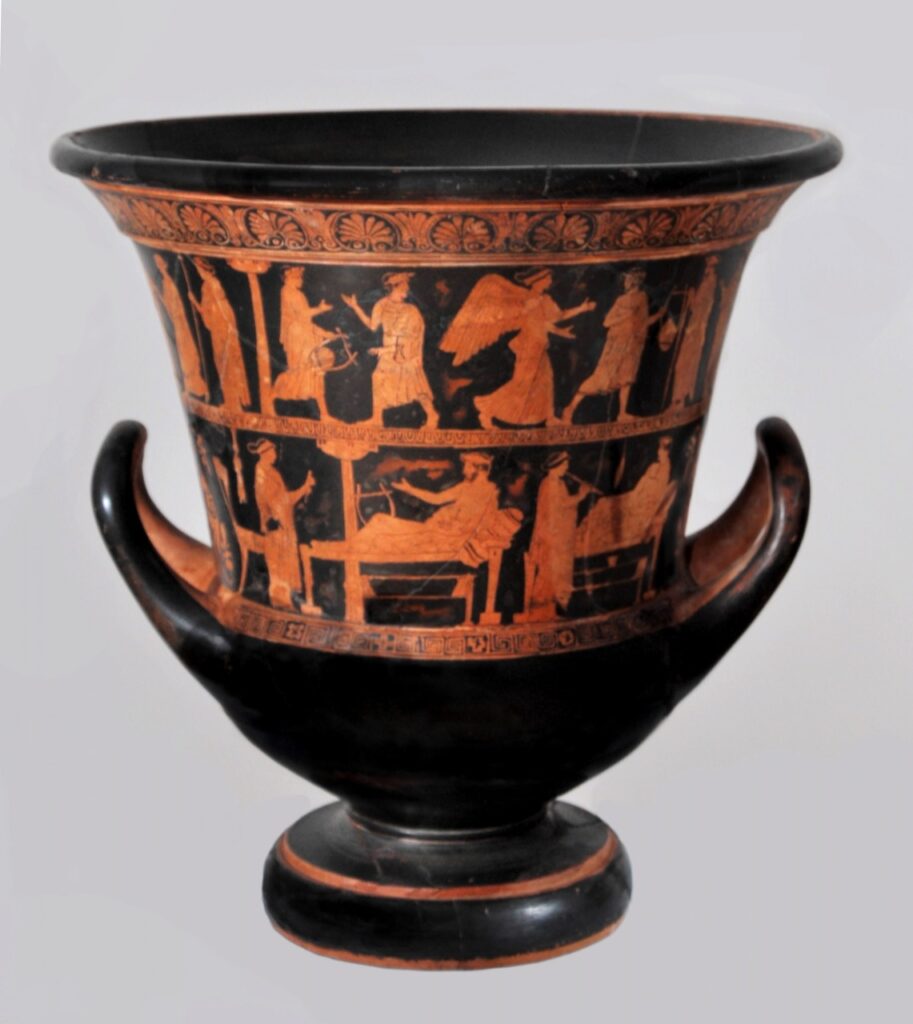
Wine vessel – krater, painted using the red-figure style and found during the archaeological excavations of a former city of Pichvnari is a distinct example of Niobid painting. There are only 4 Niobid Kraters known in the world. They are kept secure in the Louvre Museum in Paris, the British Museum in London, the Hermitage in St. Petersburg, and Khariton Akhvlediani Adjara State Museum.
The krater discovered in Kobuleti depicts various scenes from Greek mythology, the main one being the abduction of Helena by Theseus. Besides the great historical and cultural life, we should not forget that the national parks and protected areas in Kobuleti have been recognized by UNESCO as World Natural Heritage sites in 2021 due to their unique ecosystem.
Gastronomy and recipes have also been developing for millennia. Times, political and economic shifts influenced these developments. Kobuleti’s unique ecosystem, rich history, and culture were a nourishing environment for local inhabitants, that have lived here since the Neolithic period, to create a culinary celebration with their unique dishes and wine.
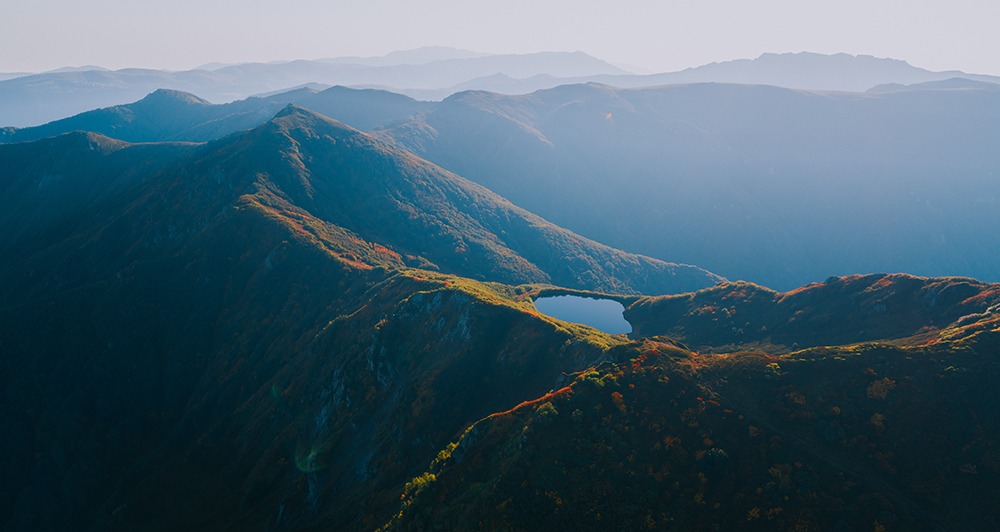
The proximity of the mountain and the Sea found its reflection in local cuisine, with milk and dairy products, vegetables, beef and chicken, fish, a bouquet of herbs and spices, grain and flour so characteristic to Kobuleti. Furthermore, walnuts and other nuts have a special role in local gastronomy, serving as an irreplaceable ingredient for many of the dishes.
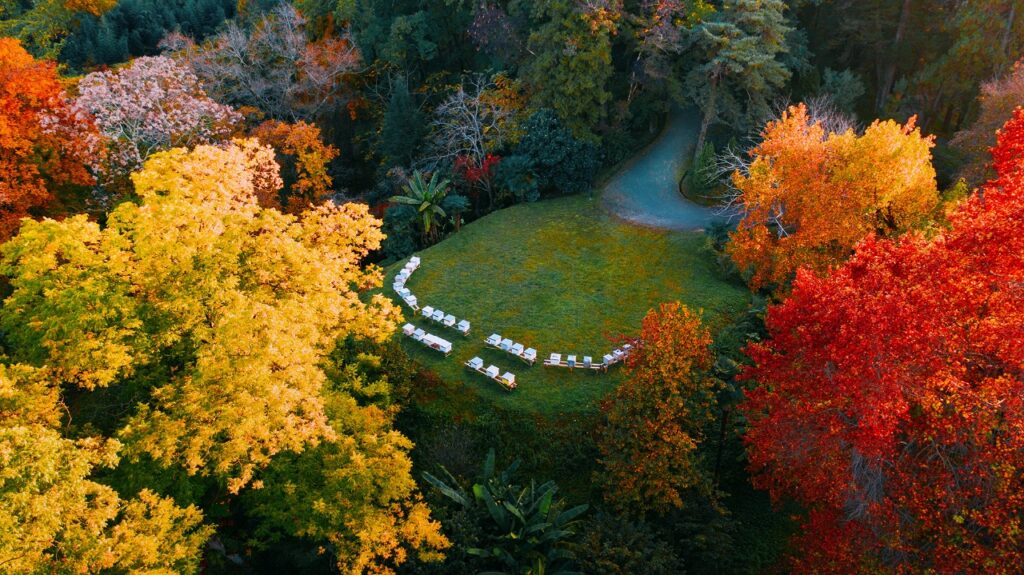
Kobuleti cuisine is divided into two groups: celebratory and everyday cuisine.
Popular everyday dishes are lobio (beans), prepared from dry beans in the winter and used fresh or green for summer dishes; kohlrabi pkhali soup with rice, omelet with cheese, dairy, and mchadi (type of cornbread). Various pkhali and fruit are also very common.

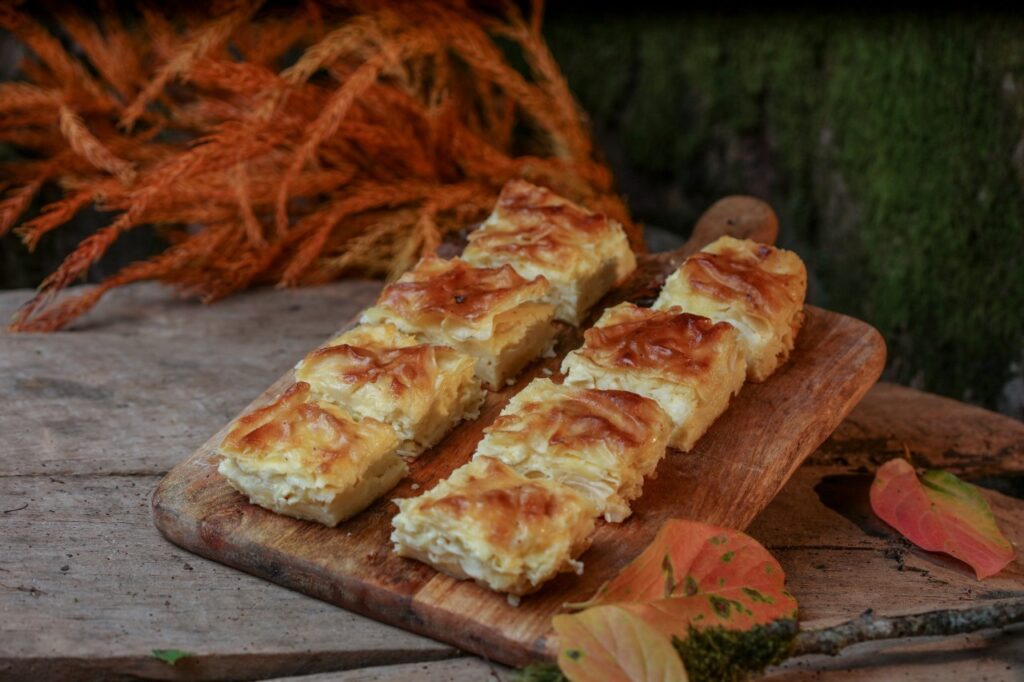
The most popular pastries in Kobuleti are achma and baklava. Presumably, both of them appeared in Kobuleti cuisine from Pontian cuisine but became local staples. They are both part of a celebratory feast or other rituals and are always relevant for Kobuleti cuisine.
Beef and chicken, Pkhali and vegetables are commonly used to make local dishes with walnuts. To make these dishes, locals use plenty of walnuts, walnut oil, fresh or dry coriander, fenugreek, and black pepper. The same spices are used in many dishes, in various measures, which alters the flavor of each dish. Iakhni, chicken with rice, dedluri, satsivi, chichvi pkhali, sour leek with walnuts, chirbuli, and others are the most popular and most liked dishes in Kobuleti cuisine.
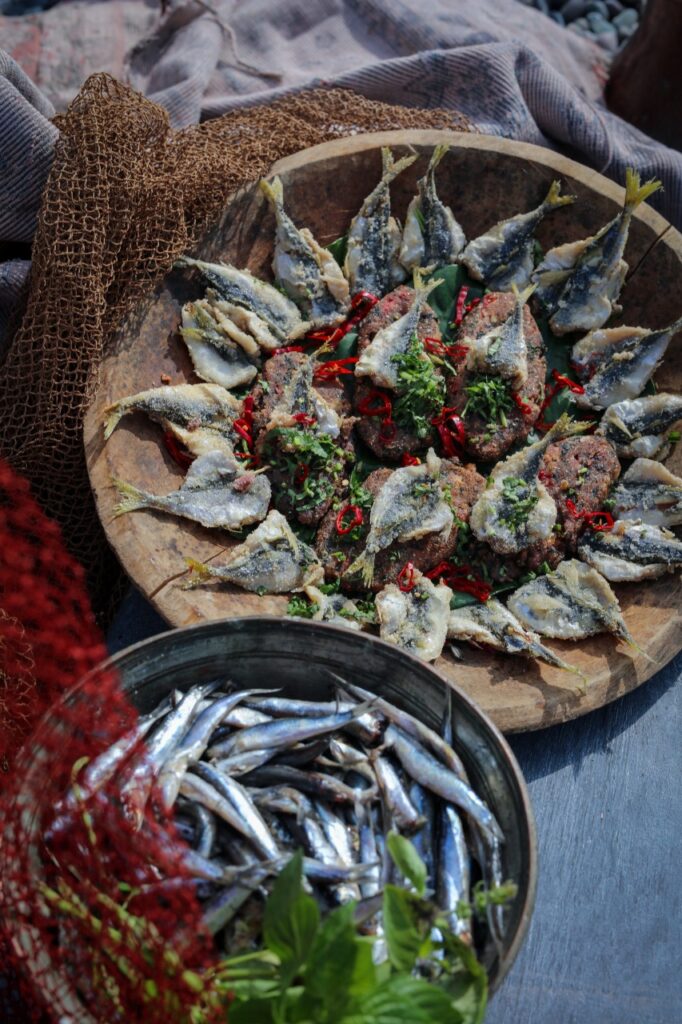
A special mention must go to majuni, which is only prepared in Kobuleti. It’s a rice dessert. Rice, honey, and black pepper are used to make majuni, the latter giving it an incredible, intriguing flavor. We must also mention citrus and tea culture when we talk about Kobuleti. For the past decade, they have become a calling card for this region.
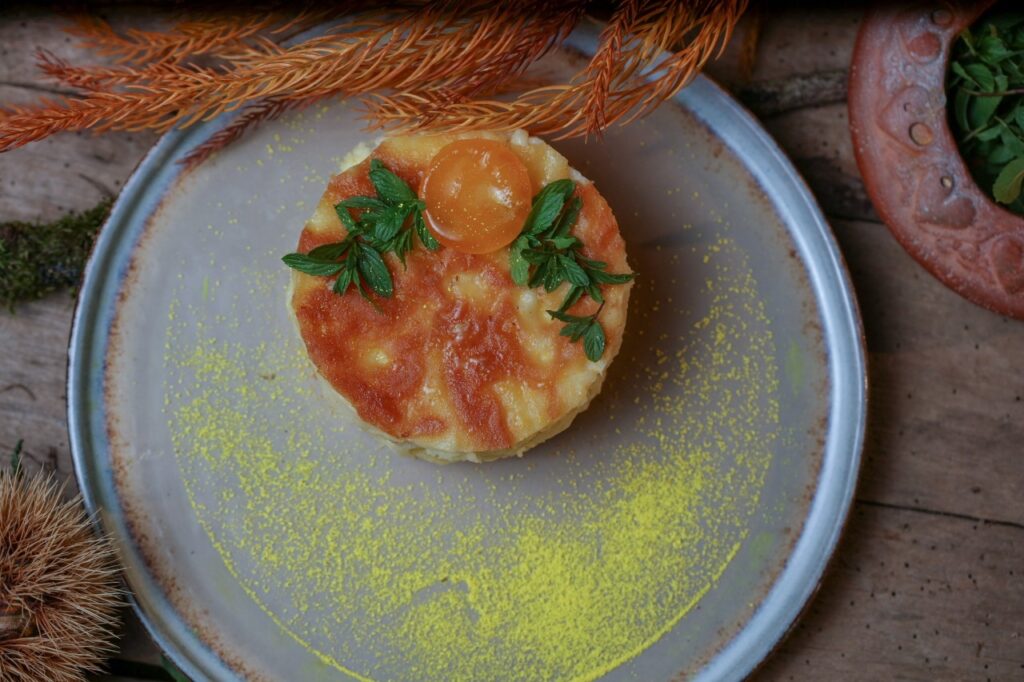
Essential oils derived from this orange and green palette, saturate the air and the soil that organically combines with unique wines made from local wine varieties. Specialists describe several dozen endemic species in this region, many of which are extinct. “Satsuri”, “Povnili”, “Khopaturi”, “Kharistvala”, and “Kaikacishviliseuli Tetra” can only be found here and there.

